This was my first time trying paragliding, it looked kind of cool :)
So, I signed up for a tandem flight:
This turned out to be a very nice long flight, awesome way to start this:
This was my first time trying paragliding, it looked kind of cool :)
So, I signed up for a tandem flight:
This turned out to be a very nice long flight, awesome way to start this:

I went to get a few pictures from Prospect Point at sunset. The only problem was getting a ride back to downtown was hard since cabs didn't quite want to come there to pick me up, but oh well, the view was worth it.
Jennifer was supposed to join me friday night for the weekend, but unfortunately United screwed up with her plane, so she never made it. As a result, I went to visit stuff on my own during the weekend, and started with Capilano Park and then went up Grouse Mountain.

they're known for their long suspension bridge

they also just finished a fully suspended path on the clifside
I then took a quick cab to the bottom of Grouse Mountain, and instead of taking the gondola up, I climbed up the grind in about 1h, which is a respectable time I'm told (but it does kick your ass, it's pretty straight up).
Grouse Mountain is a ski resort during the winter, but they have lots of attractions during the summer, which are worth the visit (on top of just the view of course):
They had a nice bird show:
Their bears seemed pretty happy:
Their lumberjack show was quite good too, those guys knew their stuff and competed on multiple skills for our amusement :)
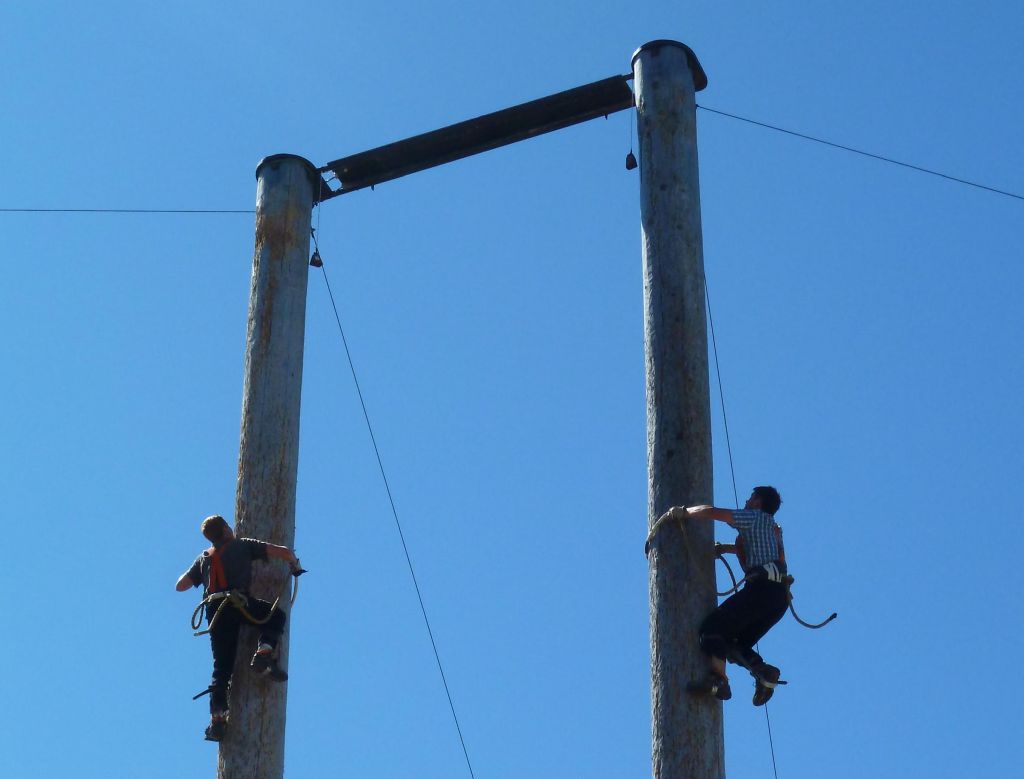
their tree climbing skills were impressive too

balancing on a log until the other guy falls off
When I was done, I took the fun way down, parasailing. It was way way overpriced (a lot of money goes to the mountain for the privilege), but it was definitely fun and a great view.

we landed in a park in the end
From there, I took a bus back and a ferry across back to downtown to have dinner at the Top of Vancouver revolving restaurant.

I got day and night shots while having dinner
The next morning I took my rollerblades to go around downtown's waterfront path via Stanley Park.
They had a nice little aquarium in the park, so I went there.
I then continued the rollerblade tour:
went to the Grandville Island Market:
back to downtown:
and on my way to the airport, I went to see the very nice Bloedel Conservatory, which was small, but a lot of fun:
And just like that, the packed 2 day weekend was over, and the tram back to the airport.
That's all folks...
Vancouver if a nice city to go visit, so that was not a bad thing at all :) and I was invited this year to talk about power monitoring. Outside of a small issue where I was so busy before the conference that I forgot which day I was suppose to fly there, and missed my flight to Vancouver, I got there the next morning on some very early flight and things worked out (putting aside the resulting poor sleep).
My talk on power monitoring, while having taken way too long to write, went well. Here is the link to the slides on the Power Monitoring with Linux talk.
A few keynote pictures:
A couple of random slides:
The 20 year party I was very underdressed for :)
And the random picture:
Despite the travel mishaps, it was a good conference.
Throughout the years, that collection moved to visible storage in the Computer History Museum, and through the help of many volunteers, eventually turned into the current Revolution exposition that has now been available for display for almost a year. I use the opportunity that my dad was visiting to take a good tour of it with him. Obviously it's an impressive improvement from where it was 12 years ago.
It's impossible to give it justice in just a few pictures, but if you're interested in the field, hopefully those few will wet your appetite until you can go yourself.
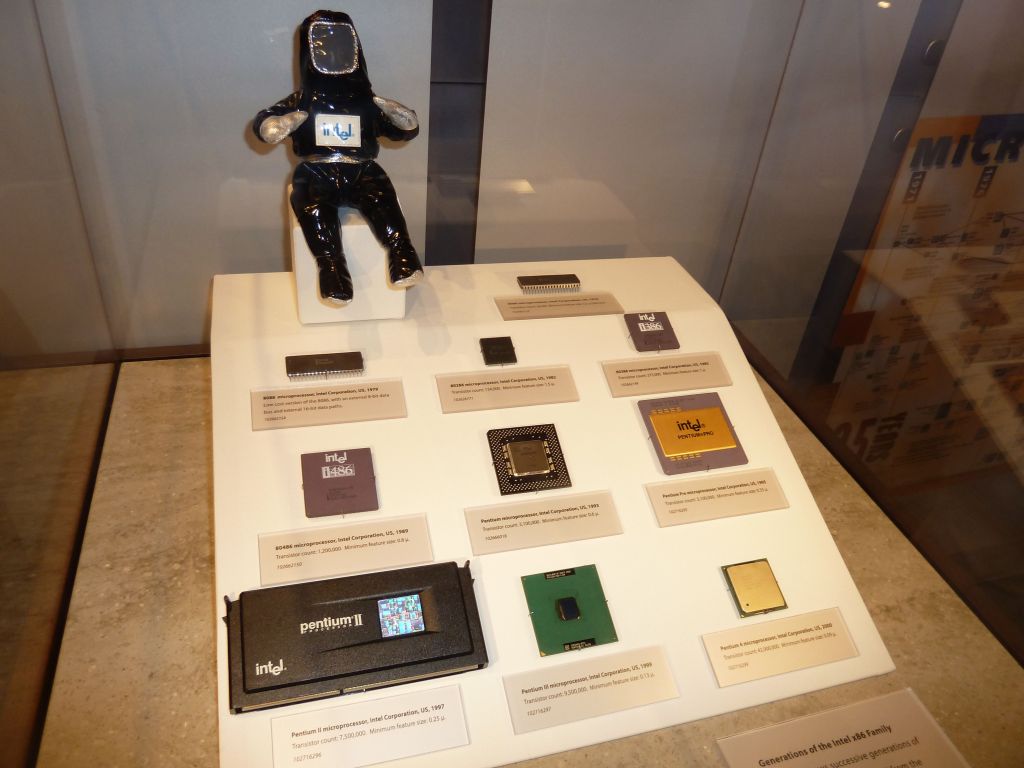
eh, I had one of those intel bunnies and most of those CPUs too
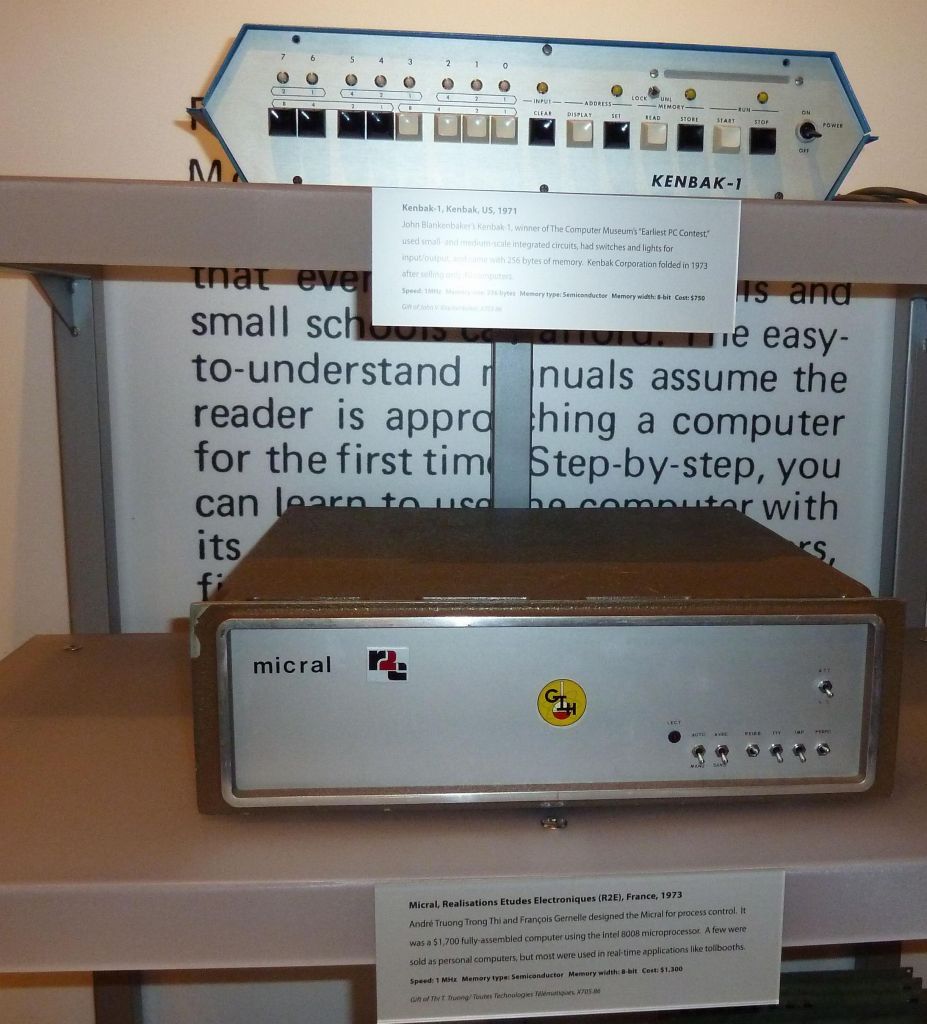
the real first micro computer, which was french, was the micral not the altair
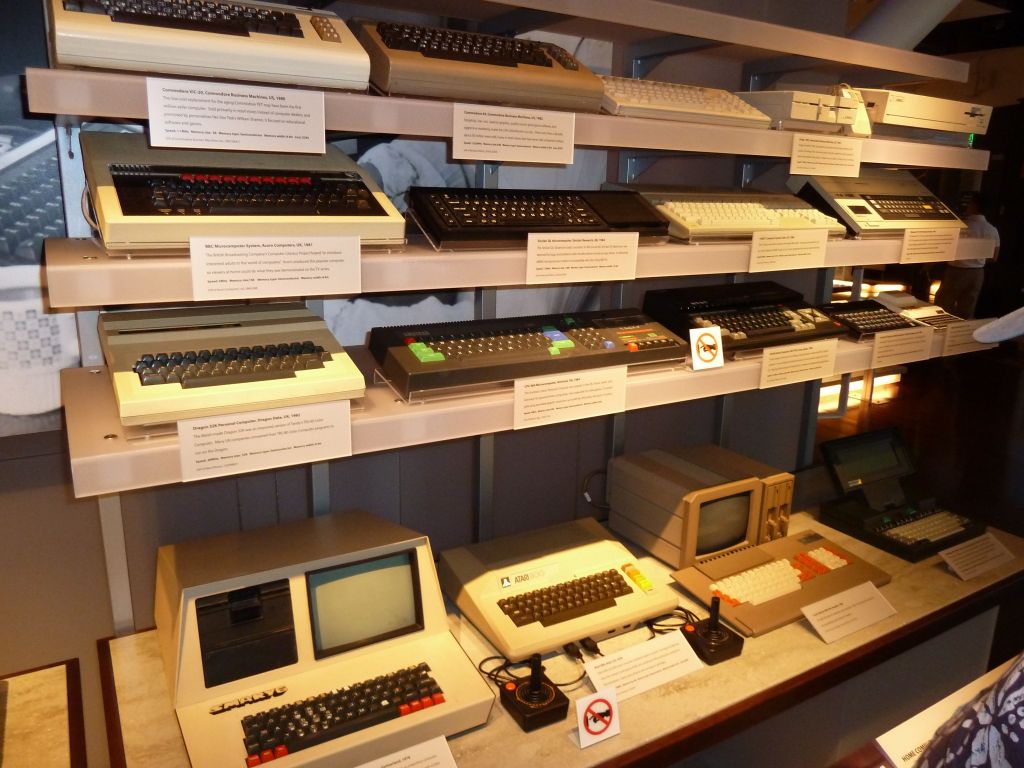
plenty of european micro computers, including the Amstrad CPC 464 we used to have
Yet, it was a good dinner, and the white truffled fries were good :)
They had a nice display at the entrance:


that was my fancy beef sample plate


I found a device called 'LED 1s-6s Lipo Battery Voltage Indicator Checker Tester' on Ebay. Here are links that might work in a few weeks still :)
It is a better choice than the more expensive 1-8S tester with low battery alarm because it will work in 1S mode without flashing voltages. Now the trick it is powered by the voltage it's measuring, but the voltage cannot drop below 3V it won't work.
You can however measure down to 1V (or maybe even less) if you apply 3V or more on one other pin, but you don't want to apply that voltage to the other pins before the unit has initialized. If it 'boots' with only one voltage, it will nicely just display it and then you add voltage to pin 3 and it will measure pin 2 voltage down to low values without shutting off. You just don't want it to boot with voltage on pin 3 or it will alternate between showing voltages on pin 2 and 3, which is what you want for a lipo battery, but not for this application.
Maybe I could have done something complicated with a capacitor or a timer, but I just put a switch that turn off and only turn on to apply power to pin3 when I need to measure small voltages. It's a bit hackish, but it cost $5 for the digital voltage meter, which is hard to beat :)
End result pictures below:
The simplest way to avoid this problem is simply to go wireless so that lightening does not reach your inside computers and networks. As a side note, the WMR968, while far from perfect, is cheaper than 1-wire equivalent solutions (only $200). The equivalent functionality with 1-wire is about $500
The kit comes with solar panels that recharge your device batteries, so they're supposed to run forever (i.e. until they eventually die), and you get:
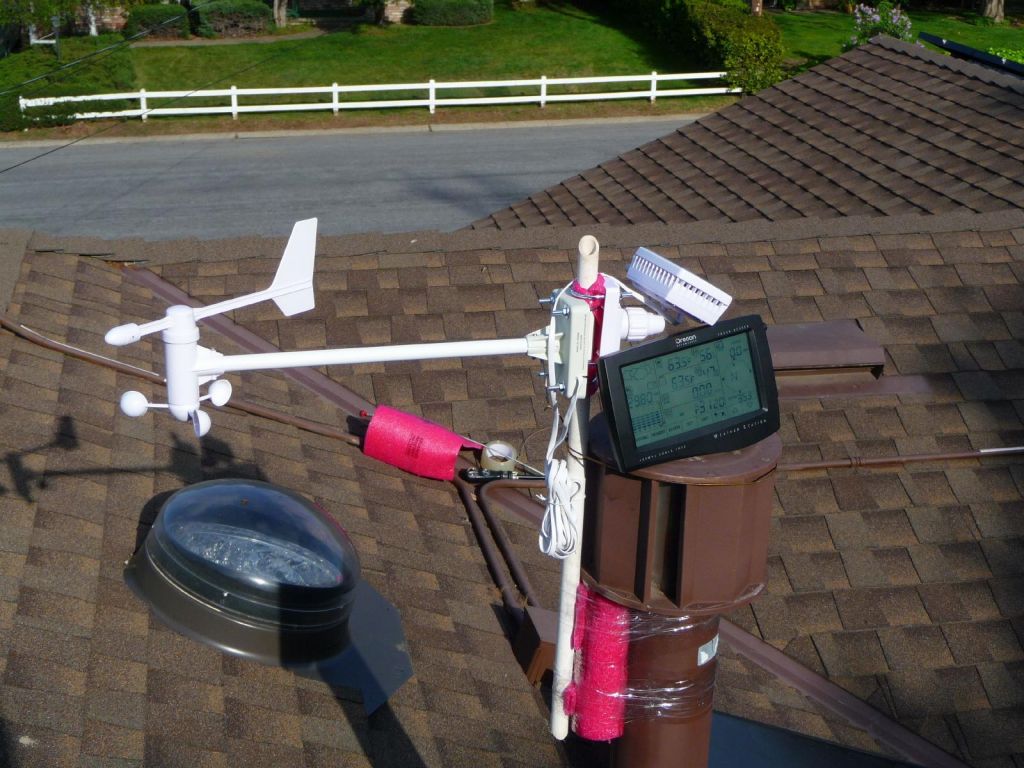
wind sensor on the roof with the portable receiving console
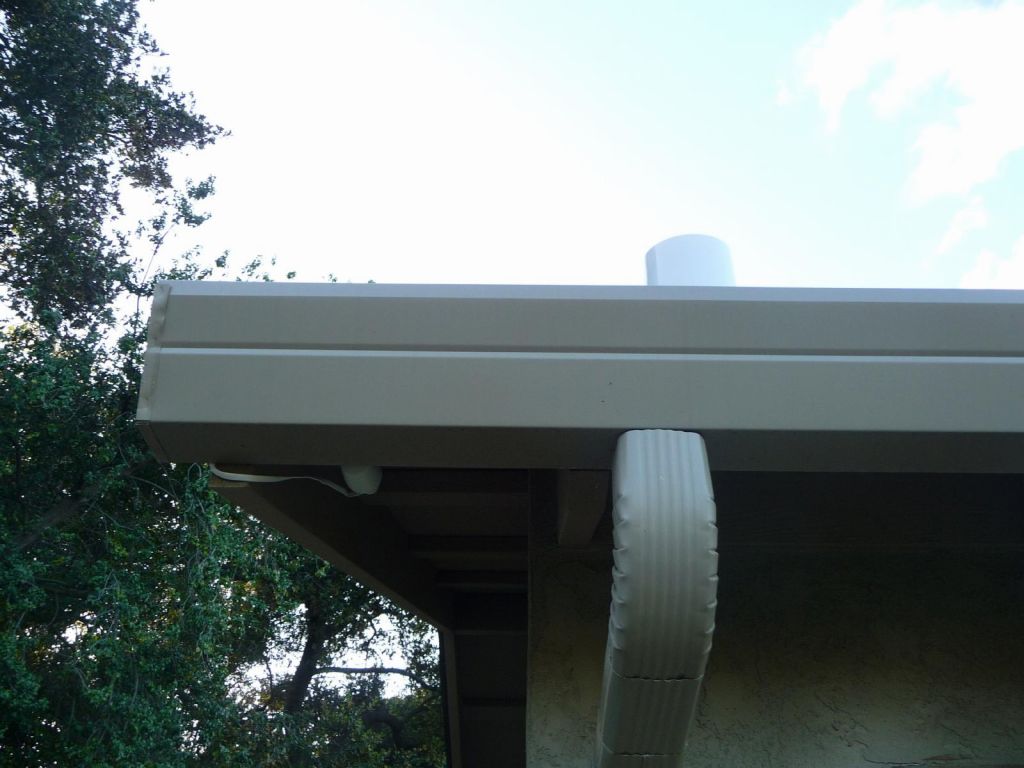
rain sensor on top and hygro/temp sensor in the shade under the roof

little 'hack' to make the rain sensor more sensitive
The main thing that is nice with that kit outside of the fact that it's cheap, is that you can buy more receivers than there are in the kit (like multiple indoors BTHR receivers to get humidity in different rooms) and while the main console will not receive more than one, the rfxcom receiver I have plugged in my PC can receive as many as you can have (even your neighbours' :) ).
This allows for having the console in the kitchen for instance, and not have to run a cable to your computer in the closet by having it use its own receiver with a bigger antenna and processing ability for many more devices (see list).
Here is a link to all the WMR 968 graphs received from the rfxcom via XPL, with a couple of samples below:
The only caveat is that it's a bit cheaply built, some of the outside sensors are not super water proof, so I slightly modified mine to make sure I had good water seals, and so far so good: can't beat the price and it hasn't failed for me yet :) Not having to climb on the roof to change batteries every so often is a nice bonus :)